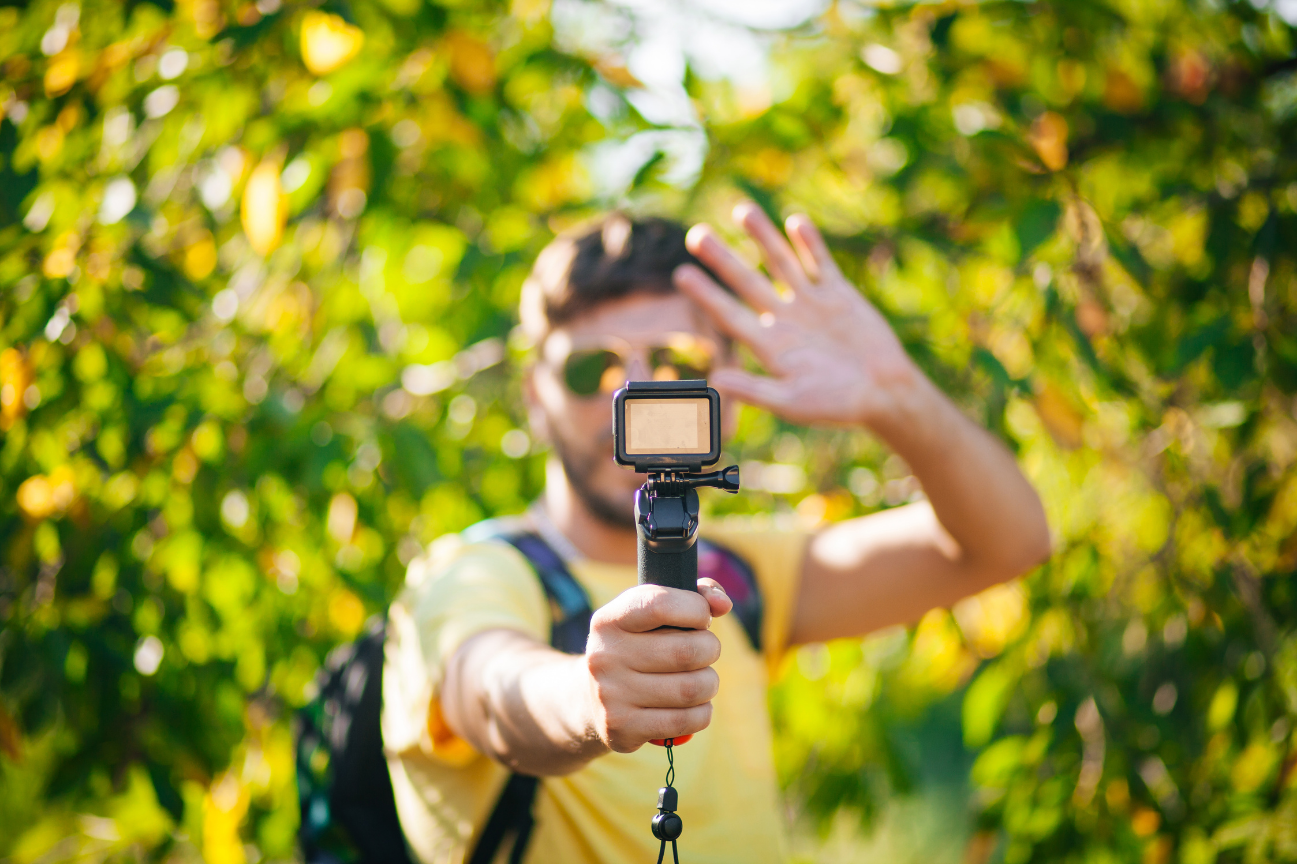Zoos today face the challenge of staying relevant and engaging in an increasingly competitive entertainment landscape. Successfully marketing a zoo involves highlighting unique animal experiences and demonstrating a commitment to conservation and community involvement.
Below, we present 11 dynamic strategies that zoos can deploy to enhance their appeal and deepen visitor engagement. From offering exclusive memberships to leveraging groundbreaking social media campaigns, these strategies are designed to captivate a diverse audience and foster a lasting connection with the natural world.
If you are at the initial stages of establishing a zoo and wondering about the foundational steps, our comprehensive article on how to start a zoo offers valuable insights and step-by-step guidance. This resource is designed to assist you in building a successful and sustainable zoo from the ground up.
Let's explore these innovative ideas and their practical applications to help your zoo thrive in today’s market.
1. Offer Zoo Membership
Offering zoo memberships can encourage repeat visits and foster a sense of community. Memberships can include exclusive benefits such as early access to new exhibits, discounts on events and merchandise, and free parking. Highlight the value of becoming a member not just as a cost-saving opportunity but as an insider’s pass to the wonders of wildlife.
- Strategy: Encourage repeat visits and deepen customer loyalty by offering memberships that provide exclusive benefits.
- Action: Design membership packages that include perks such as free parking, discounts at the zoo café and gift shop, members-only hours, and special event invitations.
- Example: Introduce a tiered membership system—Basic, Plus, and Premium—with each level offering increasing benefits, making the zoo experience more accessible and tailored to different visitor needs.
As you consider innovative ways to market your zoo experiences, incorporating specialized events centered on animal encounters can greatly enhance appeal. For more in-depth strategies on promoting these unique interactions, explore our guide on animal encounter business marketing ideas. This resource is packed with actionable ideas that can distinguish your offerings and engage your audience more effectively.
2. Create Buzz about a Specific Exhibit or Experience
Captivate potential visitors by spotlighting a unique exhibit or experience. Whether it's a rare animal arrival or an interactive exhibit, use vibrant visuals and intriguing descriptions in your promotions. Create anticipation through countdowns and sneak peeks on your social media channels.
- Strategy: Highlight unique or new exhibits to attract media attention and visitor curiosity.
- Action: Organize a media day and invite influencers to experience the exhibit first-hand and share their stories.
- Example: If you have a new Arctic Fox exhibit, create a winter wonderland event around it during the holiday season, complete with themed educational activities and photo opportunities.
3. Draw Attention to a Renovation
Renovations show your commitment to improving the guest experience and animal welfare. Publicize the enhancements and invite the public to see the improvements firsthand. Use before-and-after photos to communicate the changes and improvements made visually.
- Strategy: Turn renovations into a marketing opportunity by promoting the improvements as enhancements to the visitor experience.
- Action: Keep the public updated with behind-the-scenes looks at the renovation process through blogs or social media.
- Example: Share the progress of a new tropical bird aviary, highlighting new species and improved visitor paths and viewing areas.
4. Be the Biggest and Best at Something
Identify something unique about your zoo—be it the largest aviary, the most diverse reptile house, or groundbreaking research projects. Promote this unique aspect to differentiate your zoo from others, appealing to visitors’ desires to experience the "biggest and best."
- Strategy: Identify and promote a unique aspect of your zoo that sets it apart from others.
- Action: Achieve a record (like the largest indoor rainforest or the most diverse herpetarium) and publicize it.
- Example: Celebrate and widely promote being home to the nation's largest collection of desert reptiles.
5. Promote Conservation
Educate and engage visitors on conservation efforts supported by the zoo. Develop story-driven content that connects guests with the global impact of their visit. Hosting talks, interactive workshops, and fundraising events are great ways to actively involve visitors in conservation.
- Strategy: Educate visitors on conservation efforts and how they can contribute.
- Action: Host talks, workshops, and interactive exhibits focused on conservation topics.
- Example: Implement a "Conservation Hero of the Month" program to spotlight different animals and conservation efforts, both on-site and in the wild.
Understanding the broader landscape of zoo operations and visitor trends can significantly enhance your marketing strategies. Check out our dedicated article for detailed insights and the latest zoo statistics. This data can help you tailor your promotional efforts to align with current industry trends and visitor preferences.
6. Offer Adult-Only Events
Host adult-only events to attract a different demographic. Whether it’s a sunset tour, a conservation lecture series, or a wine night amid the wildlife, these events can provide a unique experience that appeals to adults looking for a novel evening out.
- Strategy: Attract an adult audience with events tailored to their interests.
- Action: Plan evening events with themes like “Cocktails with the Critters,” which include animal encounters, live music, and specialty drinks.
- Example: Host a summer concert series on the zoo grounds, where adults can enjoy live music and meet some of the nocturnal animals.
7. Use Social Media to Spotlight Your Animals
Leverage the universal appeal of animals by featuring them on your social media platforms. Regular posts that include fun facts, behind-the-scenes footage, and live feeds can keep your audience engaged and encourage them to visit in person.
- Strategy: Attract an adult audience with events tailored to their interests.
- Action: Plan evening events with themes like “Cocktails with the Critters,” which include animal encounters, live music, and specialty drinks.
- Example: Host a summer concert series on the zoo grounds, where adults can enjoy live music and meet some of the nocturnal animals.
8. Create a Campaign No One Has Seen Before
Innovate with a marketing campaign that breaks the mold. This could be an augmented reality experience, a virtual zoo tour, or an interactive game that educates about wildlife. The key is to merge technology with creativity to catch the public’s eye.
- Strategy: Develop a unique marketing campaign that breaks away from traditional zoo advertising.
- Action: Create an interactive online game or app that allows users to build their own zoo or participate in virtual animal care.
- Example: Launch a virtual reality tour that lets people “walk” through the zoo and interact with animals in their habitats from anywhere in the world.
9. Invite Your Fans to Post Pictures and Videos
Encourage your visitors to become content creators. User-generated content provides authentic testimonials and amplifies your reach as visitors share their experiences with their own networks.
- Strategy: Utilize user-generated content to create a sense of community and authenticity.
- Action: Start a hashtag campaign encouraging visitors to share their zoo experiences.
- Example: Create a photo contest where the best animal photo of the month wins a prize, like a behind-the-scenes tour or a free membership upgrade.
10. Take Advantage of Accolades
If your zoo has received awards or recognitions, make sure to highlight these in your promotions. Accolades build credibility and trust, showcasing your commitment to excellence in animal care, visitor experience, and conservation efforts.
- Strategy: Highlight awards and recognitions to build credibility and prestige.
- Action: Prominently display any awards at the entrance and mention them in all marketing materials.
- Example: If awarded “Best Zoo” by a regional magazine, include this accolade in advertisements and press releases and host a community event to celebrate the honor.
11. Be the Best Family-Friendly Outdoor Activity in Your Area
Position your zoo as the go-to destination for family fun. Promote family-friendly amenities, events, and educational programs. Highlighting the zoo’s role as a place for learning and adventure can appeal to parents looking for engaging outdoor activities.
- Strategy: Emphasize safety, educational value, and fun to position the zoo as the top choice for family outings.
- Action: Offer family discounts, educational programs, and interactive exhibits that appeal to children and adults alike.
- Example: Organize themed weekend events, including scavenger hunts, animal shows, and hands-on activities for families.
How Can Zoos Leverage Social Media for More Effective Marketing?
Utilize social media platforms to connect with your audience in real-time. Tailor your content to different platforms to maximize engagement: use stunning visuals on Instagram, informational videos on YouTube, interactive polls, and live Q&A sessions on Facebook. Tracking engagement and feedback on these platforms can also provide valuable insights into visitor preferences and behavior, allowing for more targeted marketing strategies.
Key Takeaways
- Highlight Unique Offerings: Promote exclusive exhibits, memberships, and special events to attract diverse visitor demographics and create a distinctive zoo experience.
- Focus on Conservation Education: Use educational programs and conservation efforts to deepen visitor engagement and emphasize the zoo’s role in environmental stewardship.
- Maximize Social Media Impact: Employ targeted social media strategies, spotlighting animals and encouraging user-generated content to broaden reach and enhance visitor interaction.
Frequently Asked Questions
What is the target audience for a zoo?
Zoos primarily target families with children, school groups, and wildlife enthusiasts. They also appeal to tourists and local residents looking for educational and recreational activities.
What are some low-cost marketing tactics for small zoos?
Small zoos can use social media to engage audiences, partner with local businesses for cross-promotion, and encourage word-of-mouth by inviting visitors to share their experiences online. Hosting community days or special thematic events can also attract more visitors without significant costs.
How important is it to align zoo marketing with conservation goals?
Aligning zoo marketing with conservation goals is crucial. This strategy helps educate the public about conservation issues, enhances the zoo's credibility, and builds deeper connections with visitors who value sustainability and wildlife protection.












